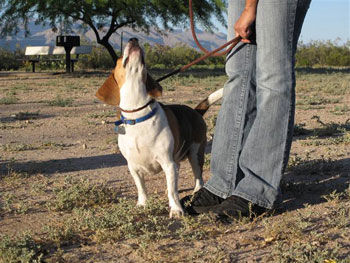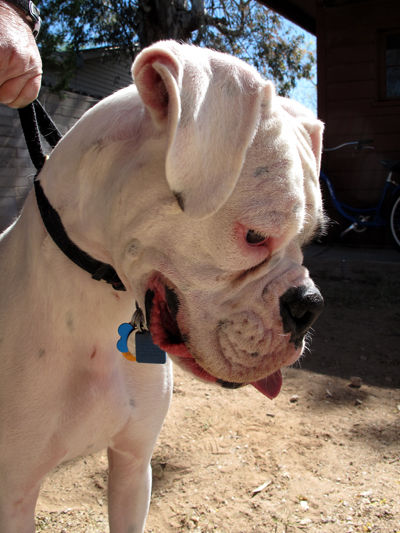
Play Your Way Games
Canine Game Theory™ is not just training a behavior in a new way, but changing the entire training ethos in a world that only marginally supports it, and that support was in child education, not dogs. I knew in my heart it was the way forward and along the way I questioned myself if I'd made the right decision. As time goes on I get confirmation (from results) that I most definitely made the right choice. It still feels uncomfortable at times, especially those times when a potential client choses another trainer, but now I love creating new games, games that teach a dog how to solve problems; games that teach a dog and its human how to think, to reason, to explore, to communicate, and to be creative.



